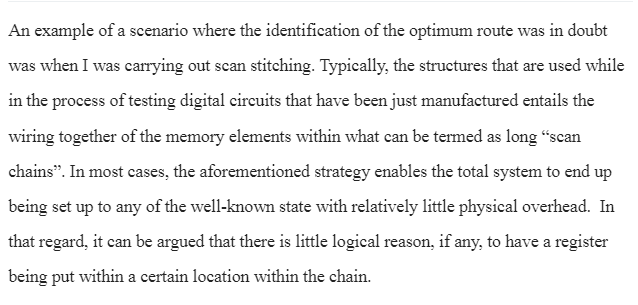Choosing the Optimum Route-The “pure form” of the Traveling Salesman Problem is based upon some pretty dramatic restrictions; such as, the distance (or cost, or whatever) from A to B is the same as from B to A, and there’s no reason not to prefer the trip A-B-C-A over A-C-B-A.
In some of the applications the Home page mentions, these restrictions are reasonable. For example, if an automated machine tool has to drill three holes (labeled A, B, C) in a sheet of metal, then there’s no reason to prefer A-B-C over A-C-B. (In this case, there would be no need to return to A; there’s already a hole there!) Or suppose a space telescope has a list of stars to observe. There’s no reason to prefer one sequence of observations over another, other than wanting to conserve propellant; the stars aren’t moving, and the observing conditions are the same when looking at each of them.
Here’s the topic for this discussion:
- Have you ever been in a situation, whether traveling or otherwise, in which the optimum route was in doubt? Please describe it.
- Perhaps you had trouble getting started, because you didn’t know where you should go first, or where to go after that. Would an approach similar to the one we studied in this module have been helpful? Why or why not? (Assume you had somebody with you who could either produce a “by-hand” solution quickly, or run the problem on a computer.)
- If you didn’t use, or even consider, some variant of the TSP, then how did you plan your trip?
General Note: To earn maximum credit, you should post to the module discussion board in the first week of each module. There’s no reason not to, because the discussions are non-technical. Each topic is intended to get us thinking about the type of management problem discussed in each module. The topics don’t require any research, or any prior knowledge of management; they’re based upon our own, mundane experiences.
Answer Preview-Choosing the Optimum Route

